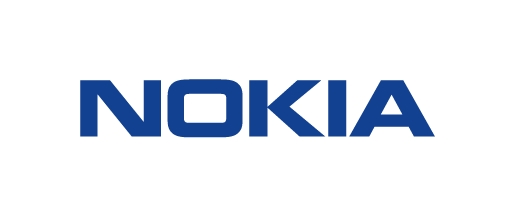
Finnish network giant Nokia announced Tuesday that it has achieved 4.7Giga-bit-per-second (Gbps) data transfer rate on a commercial 5G network in Texas.
The speed achieved is the fastest known until now by a network vendor, and comes at a time when chief rival Huawei is suffering from further sanctions by the US government, announced Friday last week.
A Nokia spokesperson said the announcement was made following its own schedule.
Earlier this year, Samsung Electronics, which also supplies 5G network equipment to global telcos, said it has achieved 4.2Gbps speed on Verizon’s 5G network in Texas. Samsung grouped multiple spectrum and used 800Mhz of bandwidth to achieve the speed, it said.
Nokia said it used 800Mhz bandwidth on a 5G spectrum with the addition of 40Mhz of 4G spectrum.
Conventionally, the wider bandwidth result in faster data transfer speed.
Nokia v Ericsson in China, US
Unfortuntely for Nokia, it was not selected as a vendor by Chinese telcos. Meanwhile, it is an exclusive supplier of 5G network equipment to Taiwan Star Telecom in Taiwan.
The Finnish giant is a fierce rival to Ericsson in the US, with each controlling some 30% market share there. Nokia acquired Alcatel-Lucent, which operated in the US and France, which was finalized in 2016.
Ericsson, however, was chosen as a vendor by China Telecom and China Unicom, which the Swedish giant announced Monday. It would also supply equipment for the the core network of China Telecom, it said. Meanwhile, China Mobile, the largest of the three telcos in the world’s second-largest economy, said Ericsson would account for 11.5% of its 5G wireless equipment supply.
Huawei reels from sanctions
Meanwhile, Huawei, the world’s biggest 5G network equipment supplier, feeling the brunt of US sanctions. It is reducing GaN power amplifier used in radio stations it received supply from South Korean firm RFHIC, people familiar with the matter said.
It is instead ordering more GaN power amplifiers from Japan’s SEDI.
The decision was made as RFHIC uses silicon wafers produced by American firm Cree to make its power amplifiers, they said.
According to Japanese research firm Fomalhaut Techno Solutions, Korean made component, excluding display panels, accounted for 30% for Huawei Mate 30’s 4G version. Meanwhile, the 5G version of the phone, which was launched later, used only 10%.
The US sanctions against Huawei was the direct cause of the decline, the research firm said. US-made components only accounted for 1.5% of the 4G model, a drop significant drop from 5G model’s 11.2%.
However, the Chinese tech giant increased its use of Japanese component. Japan-made component accounted for 45% of Huawei Mate 5G, up from 25% used in the 5G version.

